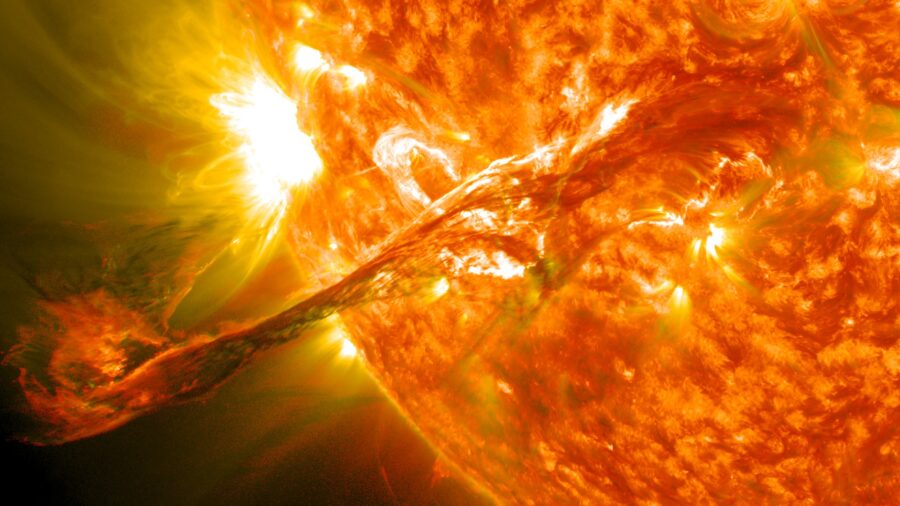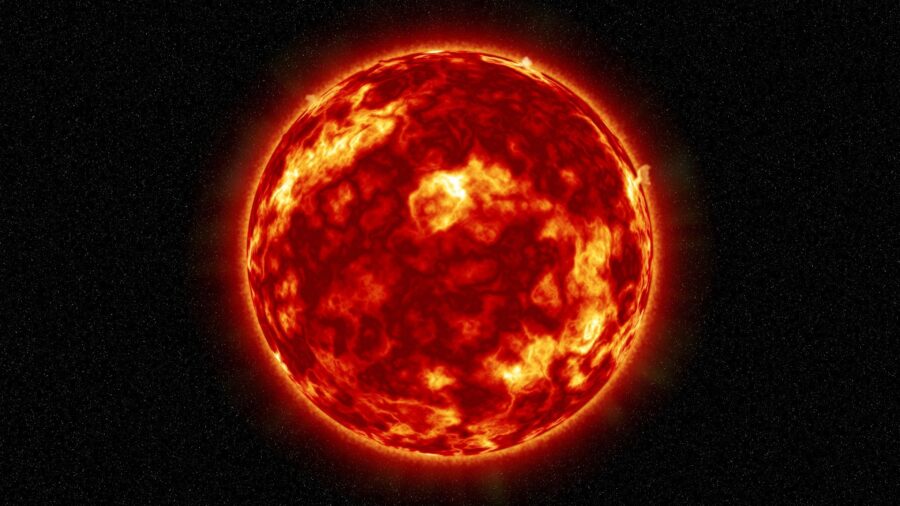Scientists Are Confused Why The Sun Is Strangely Heating Up

It’s fair to say that the sun is one of the most-studied features in all of the cosmos, and because of that, you might expect that it’s easy to predict what it will do next. However, recent unexpected sun activity has surprised scientists and confirmed yet again how difficult it can be to predict what this cosmological phenomenon will do next.
According to AXIOS, predictions about the sun’s solar cycle predicted that the sun wouldn’t reach its peak of maximum activity until 2025, but now it looks like this solar maximum could occur as early as 2024.
Scientists can’t explain why the sun is reaching maximum activity ahead of 2025, which breaks the epxected pattern of behavior.
How are these forecasts about the sun created in the first place? The National Oceanic and Atmospheric Administration’s Space Weather Prediction Center makes predictions about the sun on a daily basis, and they also make predictions about what the “space weather” is like.
And given that some of their most recent predictions about the sun have proven wrong, many have joked that predicting the weather in space may prove just as erratic as predicting the weather here on Earth.

All joking aside, it is so difficult to make forecasts regarding the sun because even when scientists know what it will do next, they don’t know what the after-effects will necessarily be.
For example, it’s easy enough to observe sunspots’ formation on the sun’s surface, but it’s almost impossible to predict what will happen next. The sunspot could result in a major solar flare and subsequent coronal mass injection, but modern science doesn’t know enough about how the sun releases this energy to accurately predict these outcomes.
Scientists can observe sunspots on the sun’s surface, but they can’t predict which ones will fade away and which will result in solar flares.
That leads back to the revised predictions concerning the sun’s most recent activities. Right now, the sun is in the midst of what is known as its “solar maximum,” which some scientists have likened to the cosmic equivalent of a hurricane season.
During this time, there is an increase in the number of solar flares as well as plasma blasts known as coronal mass ejections that, if they end up in our atmosphere, can make for a beautiful view of the night sky.
Back in 2020, scientists predicted that the sun would reach the peak of these activities in 2025, effectively wrapping up an 11-year cycle. However, recent activity on the surface of the sun has caused some scientists to predict that our sun could reach its peak in 2024 instead.
The sun’s increased activity will cause more solar storms and endanger orbiting satellites with blasts of intense heat.
For better or for worse, that means we can look forward to an increase in solar storms and other space weather activity that will be increasingly difficult to predict.
In very extreme circumstances, this can result in coronal mass ejections that can knock out electrical grids on the planet (this actually happened in Quebec back in 1989). Most likely, though, we’ll be treated to an increase in atmospheric light shows that we can enjoy from the safety of our front porch.
While such light shows are beautiful, they also serve as a powerful reminder of how many cosmic mysteries we’ll need to solve before we can safely conquer Mars or any other planet beyond our own big, blue marble.











